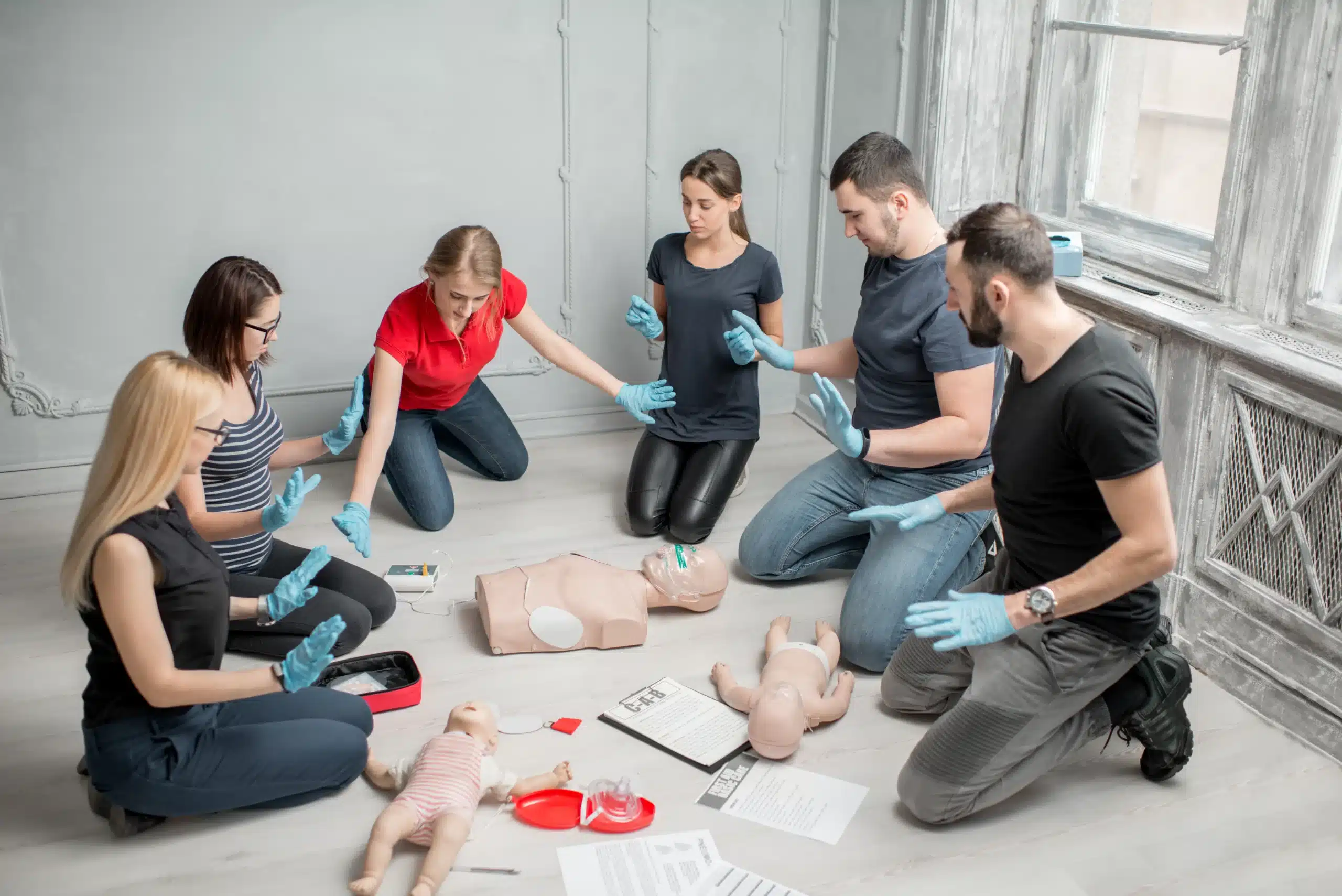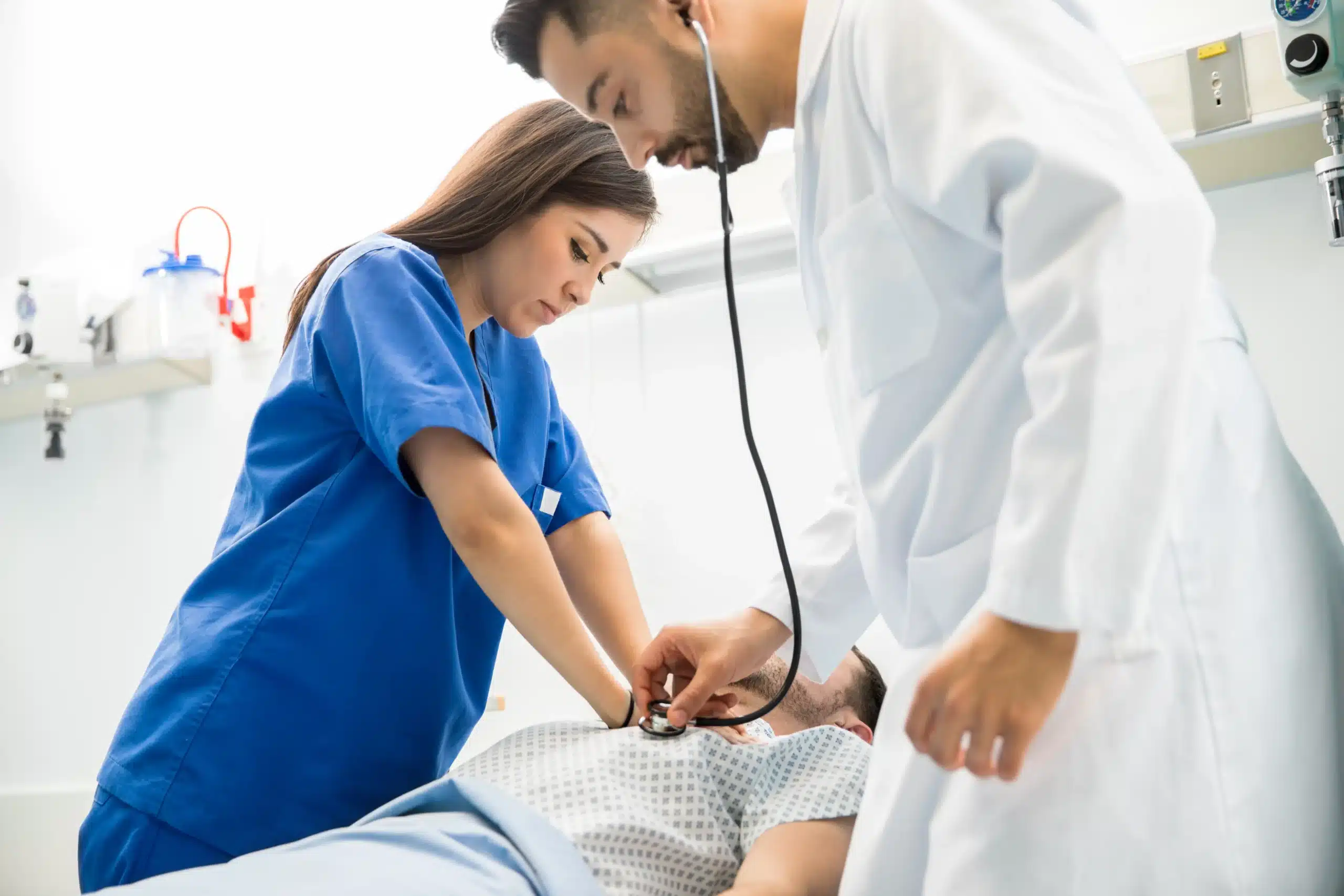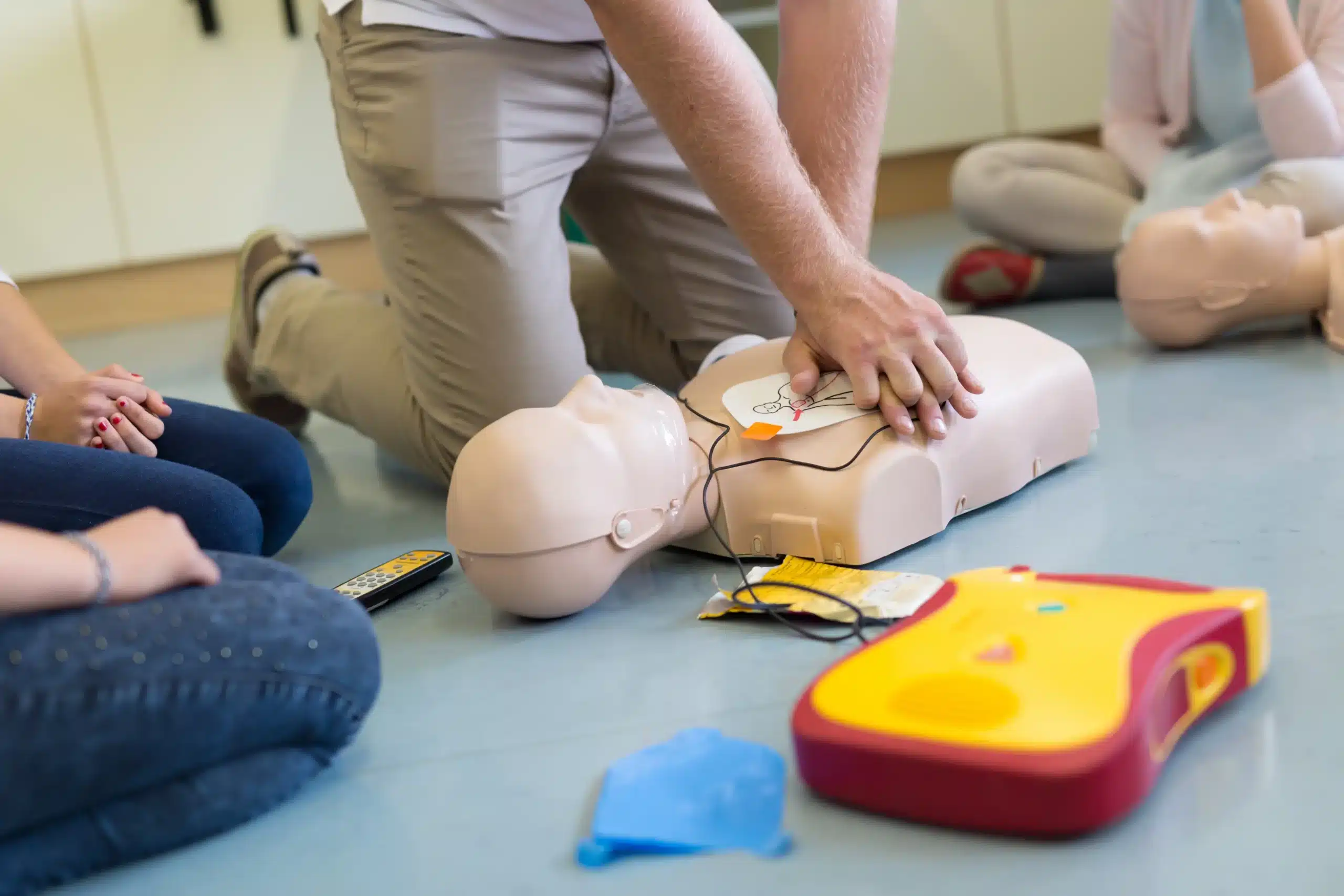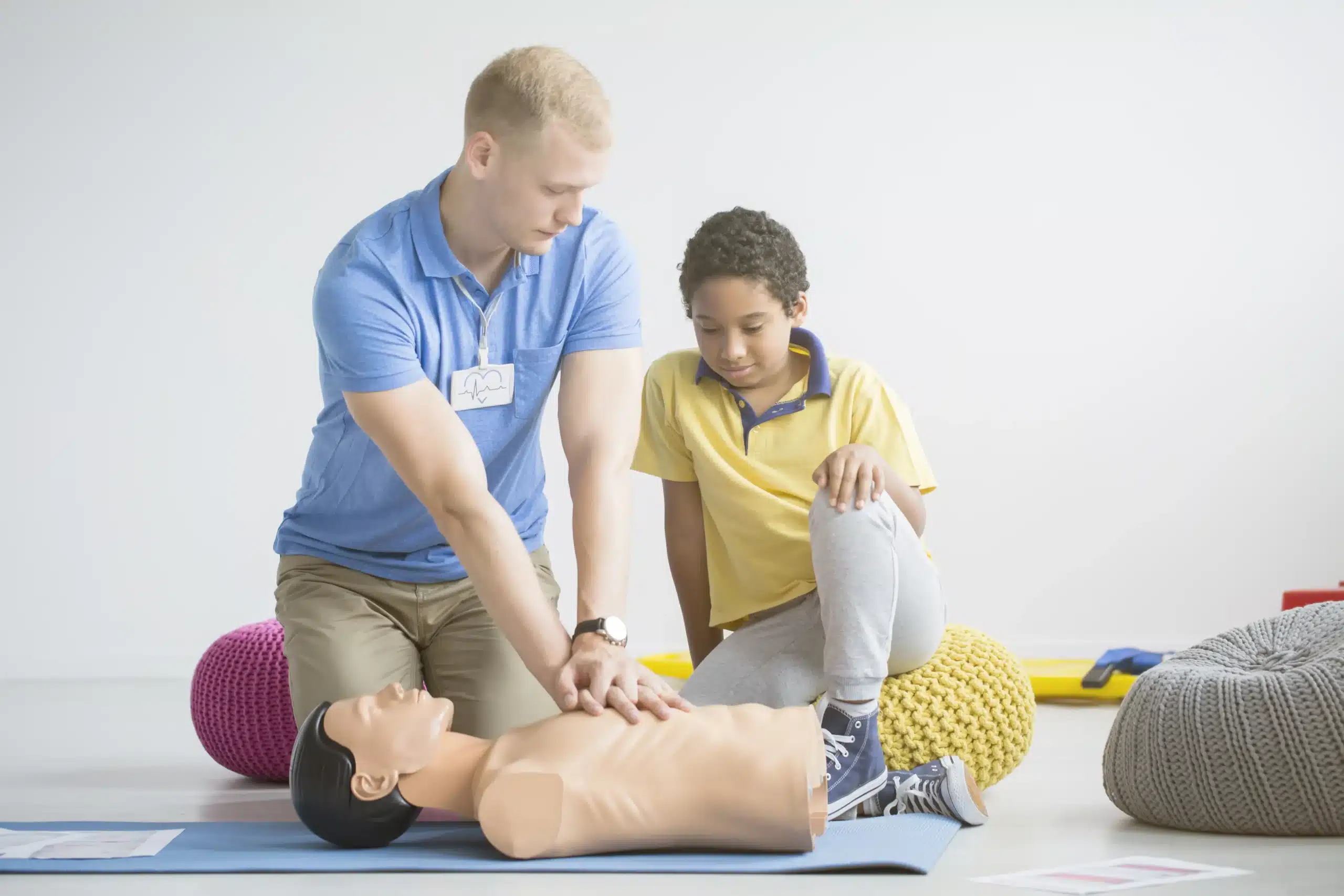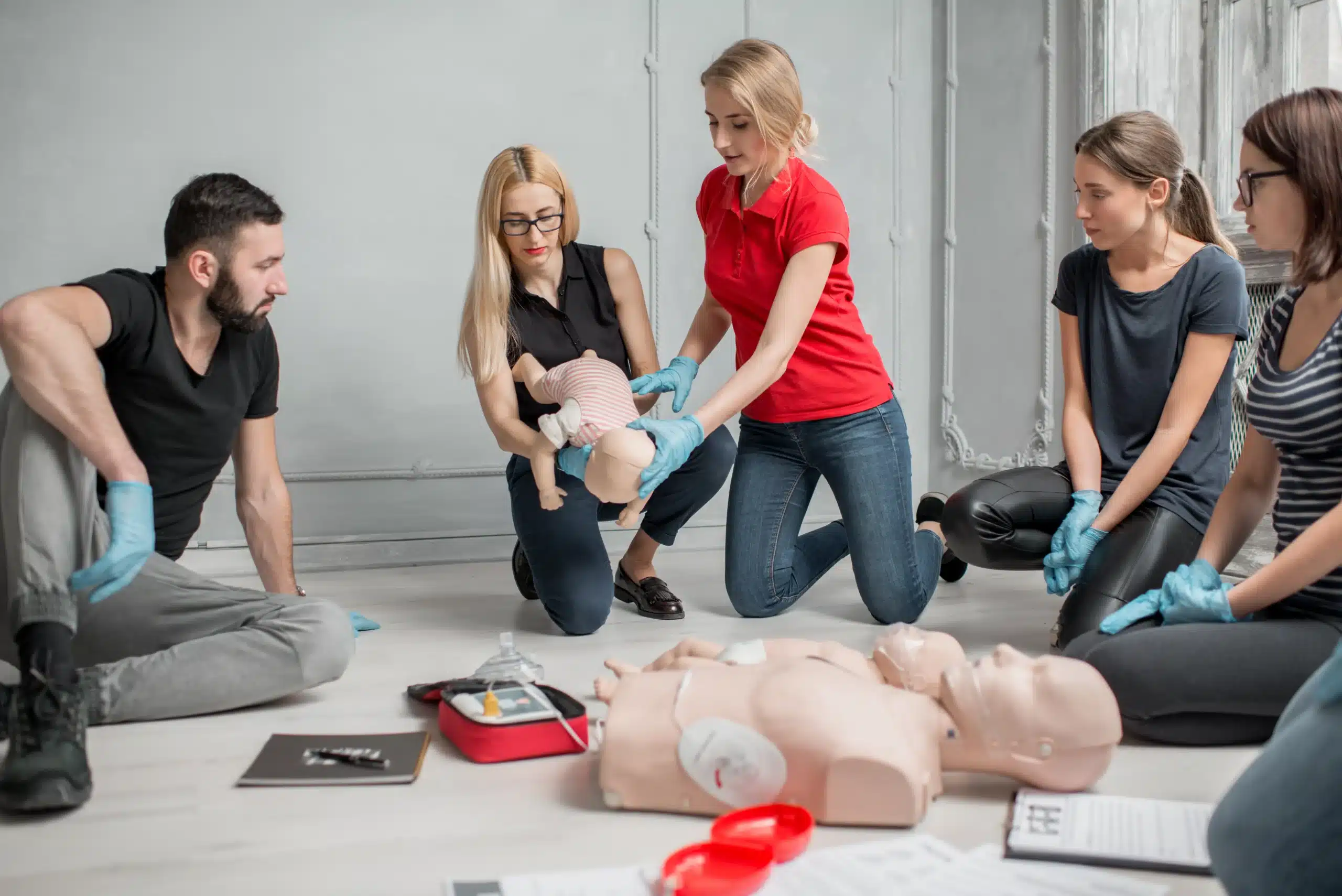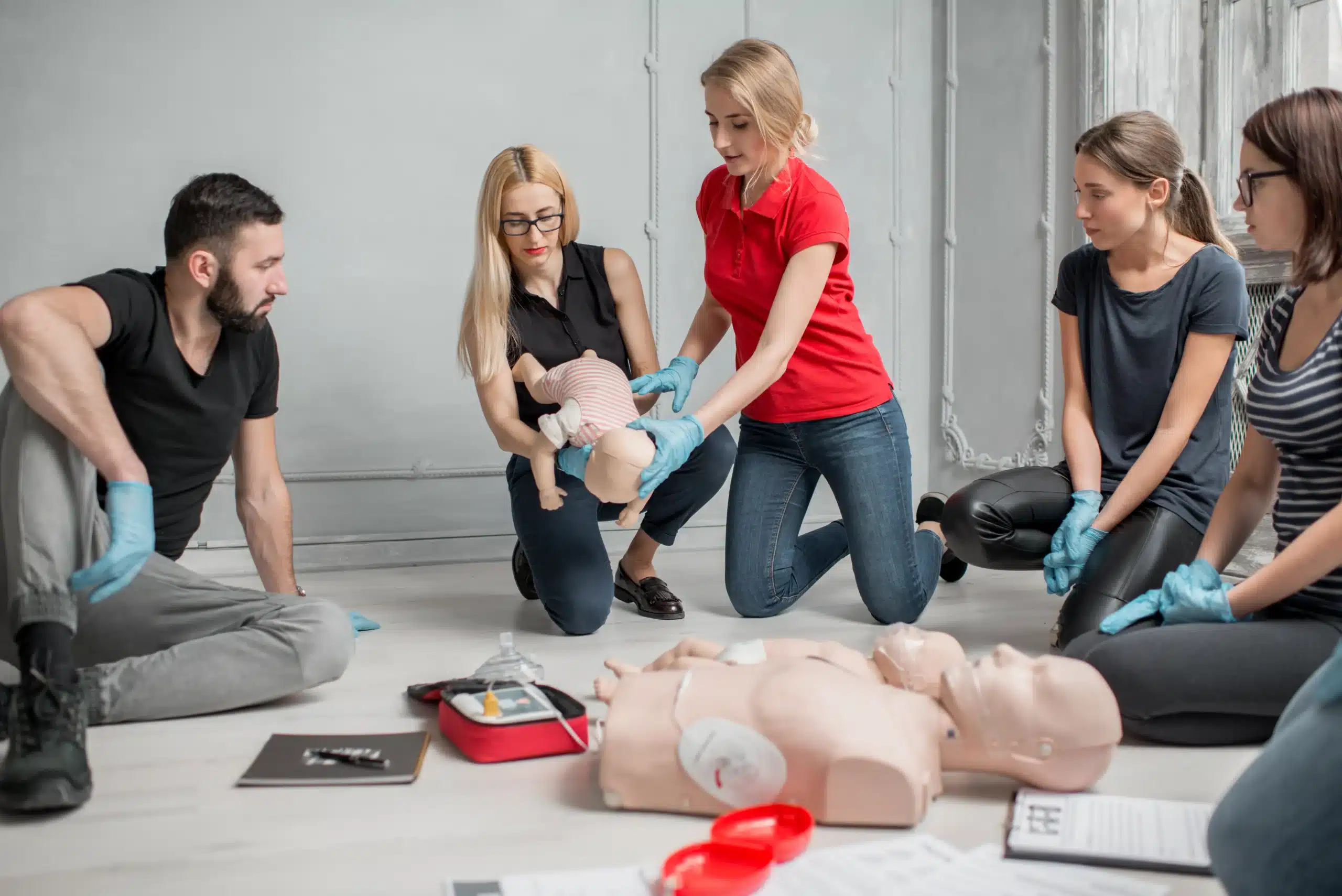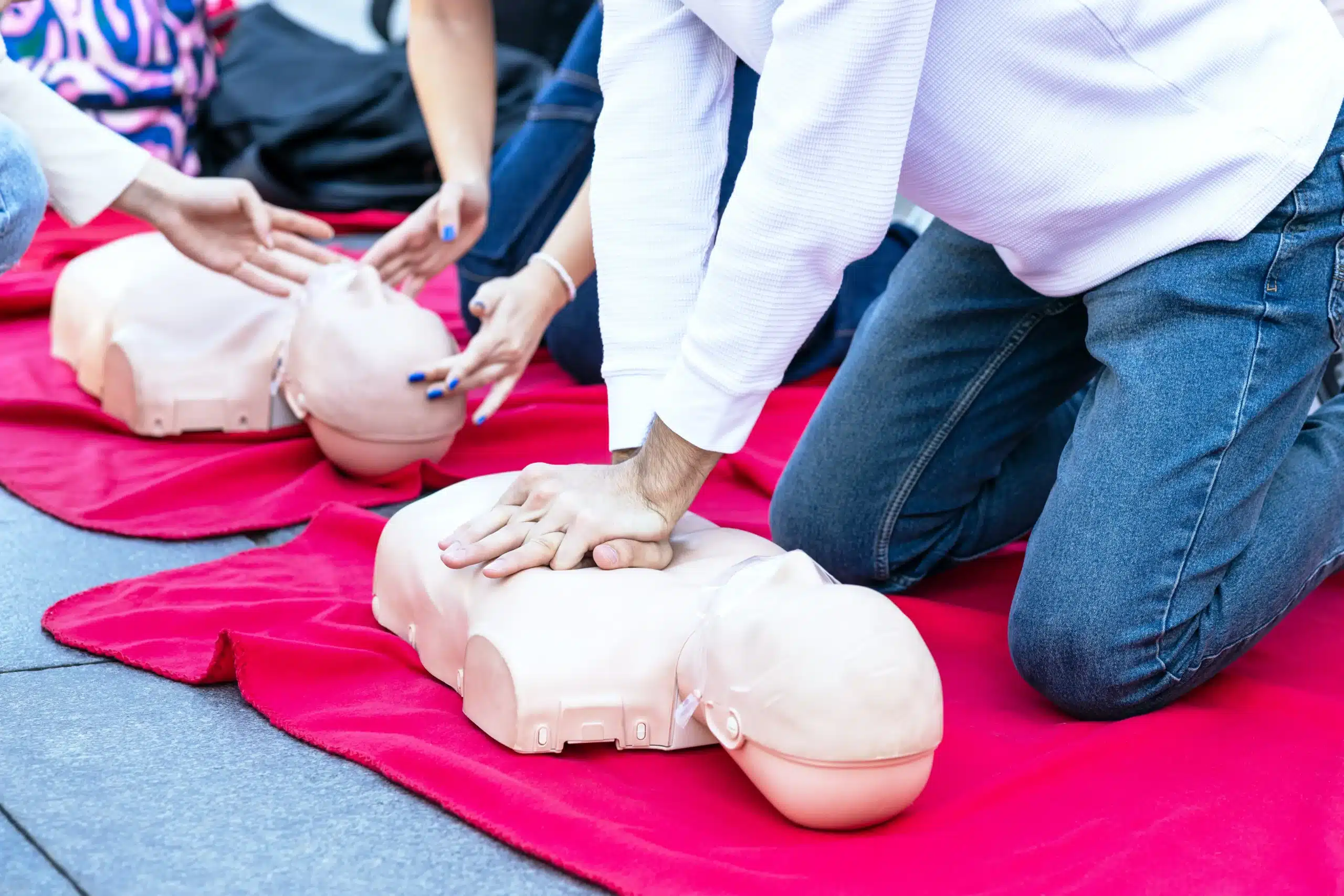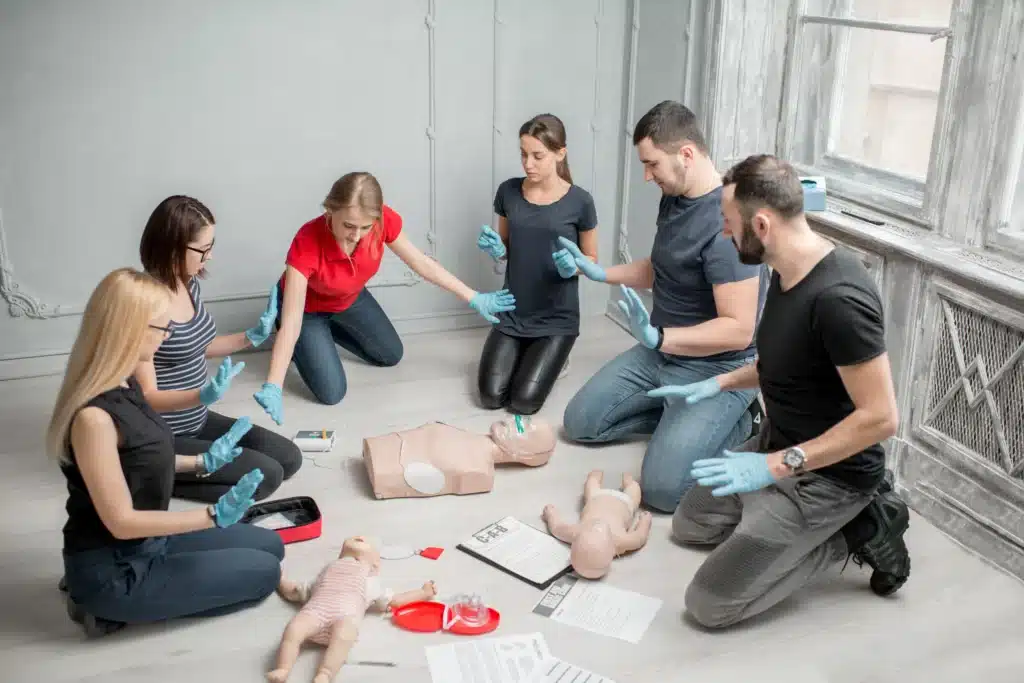Working in healthcare, you know how quickly situations can turn critical. Seconds matter. Having rock-solid BLS skills isn’t just about checking a box on your job requirements; it’s about being prepared to make a real difference when it matters most. This guide breaks down everything you need to know about BLS for healthcare providers in Oakland—from understanding the core skills and choosing the right course to navigating certification and staying up-to-date. We’ll cover common misconceptions, explore the differences between BLS and other CPR certifications, and offer practical tips to help you confidently handle any emergency.
Key Takeaways
- BLS is more than just CPR: It provides healthcare professionals with the advanced skills to handle life-threatening emergencies like cardiac arrest and respiratory distress, making it a vital credential in healthcare.
- Choose a BLS course that fits your life: Consider factors like the instructor’s experience, scheduling options, and course format (online, in-person, or blended) to find a program that works for you. Convenient daily classes and competitive pricing can make training more accessible.
- Stay current to stay prepared: BLS certification is valid for two years. Regularly practicing your skills and taking refresher courses ensures you’re always ready to respond effectively in a crisis.
What is BLS?
What is BLS and why is it important?
BLS stands for Basic Life Support. It’s a critical set of skills healthcare providers and first responders—like doctors, nurses, and EMTs—use to manage life-threatening emergencies. Think of BLS as the foundation for saving lives. It goes beyond basic CPR to include techniques for handling cardiac arrest, respiratory distress, and airway obstructions. These situations demand quick, effective action, and BLS equips professionals with the knowledge and skills to respond confidently. It emphasizes early recognition and intervention, increasing the chances of survival. If you’re considering a career in healthcare, BLS certification is often a requirement and demonstrates your commitment to patient safety. Our BLS certification courses cover everything you need to know.
Key BLS Skills
BLS training covers essential skills like CPR for adults, children, and infants, how to use an AED (automated external defibrillator), and techniques for relieving choking. High-quality BLS courses, like those offered by Safety Training Seminars, incorporate the latest American Heart Association (AHA) guidelines. Many courses use hands-on learning stations and simulated scenarios to build practical experience in a safe environment. This combination of knowledge and practice builds confidence for real emergencies.
BLS vs. Other CPR Certifications
While both BLS and CPR certifications teach life-saving techniques, there are key differences. CPR certification focuses on the fundamentals of resuscitation, suitable for anyone who wants to learn basic life-saving skills. BLS certification is more comprehensive, tailored to healthcare professionals, delving deeper into the science behind resuscitation and covering a broader range of emergency situations. If you’re pursuing a career in healthcare, BLS certification is usually the preferred and often required credential. Check out our CPR and First-Aid courses in San Pablo for more options.
Common BLS Misconceptions
One common misconception is that BLS certification is only for paramedics and firefighters. While these professions benefit from BLS training, it’s equally valuable for nurses, physicians, dentists, and other healthcare providers. Another misconception is that BLS is only for medical professionals. The truth is, BLS training is valuable for anyone. Emergencies can happen anywhere, and having the skills to respond can make a real difference. Even outside healthcare, learning BLS can empower you to assist family, friends, or colleagues during a crisis. Learn more about our low price guarantee and get started today.
Top Oakland BLS Providers
Finding the right BLS training provider is key to a positive learning experience. Here’s a look at some of the top options for BLS certification and recertification in Oakland:
Safety Training Seminars
Safety Training Seminars, a woman-owned AHA Training Center, offers high-quality BLS, ACLS, PALS, CPR, and First Aid training in Oakland. They prioritize making their courses convenient for students, with classes offered daily. This flexibility makes it easier to fit training into a busy schedule.
American Red Cross
The American Red Cross in Oakland provides BLS certification and renewal training designed for healthcare providers.
American Heart Association
While the American Heart Association doesn’t directly teach courses, they set the standards for BLS training. Authorized Training Centers, like Safety Training Seminars, deliver the AHA curriculum and issue certification cards.
CPR Certification Oakland
CPR Certification Oakland offers American Heart Association (AHA) certified CPR and First Aid classes. Their courses cover BLS, CPR, and AED use for adults, children, and infants.
Project Heartbeat
Project Heartbeat focuses on BLS renewal courses in Oakland. Their program covers essential CPR techniques, AED use, and choking relief for all ages.
What Happens in a BLS Course?
Getting BLS certified or recertified involves more than just learning CPR. A BLS course equips you with the knowledge and skills to respond to various medical emergencies. Let’s break down what you can expect.
Curriculum and Real-World Use
BLS courses cover essential life-saving techniques, including CPR for adults, children, and infants, how to use an AED, and relieving airway obstructions. The curriculum also emphasizes critical thinking and teamwork—vital skills in high-pressure emergency situations. You’ll learn how to assess a scene, prioritize actions, and communicate effectively with team members. This focus on real-world application prepares you to confidently handle emergencies.
Course Length and Formats
BLS courses typically run for about four and a half hours, though group sessions can sometimes be longer. Smaller classes, like those with one instructor and six students, might be shorter, closer to three and a half hours. The format can also vary. You can choose a traditional in-person class or explore blended learning options like HeartCode BLS, which combines online learning with hands-on skills practice. Project Heartbeat offers more focused training sessions.
Hands-on Practice and Scenarios
Hands-on training is a core component of any BLS course. Expect to engage in simulated scenarios and practice your skills at learning stations. You’ll work with mannequins to practice CPR, learn how to use an AED on adults and children, and practice clearing obstructed airways. These realistic scenarios help build muscle memory and confidence, preparing you to react effectively in a real emergency.
Teamwork and Communication
Effective teamwork and communication are crucial in medical emergencies. BLS courses stress the importance of clear communication, coordinated efforts, and efficient task allocation within a team. You’ll learn how to quickly and accurately convey information, work together seamlessly, and make critical decisions under pressure.
Online vs. In-Person Training
Choosing between online and in-person BLS training depends on your learning style and schedule. Online courses offer flexibility, allowing you to learn at your own pace and on your own schedule. Some online providers, like ACLS, cater specifically to healthcare professionals. In-person classes provide direct interaction with instructors and peers, offering immediate feedback and the opportunity to practice skills in a real-time setting. Blended learning options combine the benefits of both formats.
BLS Certification: Cost & Value
Getting your BLS certification or keeping it current involves some costs, but it’s a worthwhile investment in your career and the safety of those around you. Let’s take a look at the typical expenses and the value you receive.
Certification & Renewal Costs
BLS certification courses for healthcare providers generally cost around $75, while renewal courses are typically around $65. These prices can vary slightly depending on the training center and location. Safety Training Seminars offers a low price guarantee, so you can feel confident you’re getting a competitive rate. Check our website for the schedule and pricing for CPR and First-Aid classes in San Pablo.
Discounts and Promotions
While the American Heart Association doesn’t typically offer direct discounts on their courses, some training centers might have occasional promotions. It’s worth checking directly with providers like Safety Training Seminars or watching for special offers. For example, some organizations offer discounts on training materials. Ask your chosen provider about potential cost savings.
Career ROI
The value of BLS certification goes beyond the dollar amount. For healthcare professionals, BLS is an essential skill that can significantly improve patient outcomes during emergencies. It demonstrates your commitment to patient safety and can be a valuable asset when applying for jobs or promotions. A current BLS certification shows employers you’re prepared to handle critical situations and provide high-quality care. Articles like this one on BLS for Healthcare Providers highlight its importance.
Certification Validity and Renewal
Your American Heart Association BLS for Healthcare Providers certification is valid for two years. You’ll receive an electronic certification card (eCard) upon completing the course. Staying current with your certification is crucial for maintaining your skills and ensuring you’re prepared for any emergency. Find BLS renewal courses to keep your certification active. Mark your calendar and set reminders so you don’t let it expire.
Choose the Right BLS Course in Oakland
Finding the right BLS course can feel overwhelming with so many options available. But by focusing on a few key factors, you can easily pinpoint the best fit for your needs. This section breaks down what to consider when selecting a BLS course in Oakland.
Instructor Qualifications
Look for courses led by experienced, certified instructors. A qualified instructor brings real-world experience and a deep understanding of BLS principles. Safety Training Seminars is known for its high-quality instructors and comprehensive training. Their expertise ensures you receive accurate information and develop the confidence to apply your skills effectively.
Flexible Scheduling
Juggling work, family, and other commitments makes schedule flexibility a must. Safety Training Seminars offers BLS classes daily across multiple locations in Oakland, making it easier to find a time and place that works for you. Whether you prefer weekday evenings, weekends, or even daytime classes, having options simplifies the process. Check their course calendar for upcoming classes.
Challenges for Healthcare Professionals
Healthcare professionals face unique challenges when it comes to BLS certification. Often, BLS certification is a job requirement, which can make fitting renewal courses into an already busy schedule even tougher. Look for providers who understand these demands and offer streamlined recertification processes, including weekend courses, online renewal options, or on-site training.
Tips for Certification & Recertification
Staying on top of your BLS skills is crucial, whether you’re getting certified for the first time or renewing your credentials. Practice your skills regularly to maintain proficiency. Utilize online resources and refresher courses to stay updated with the latest guidelines and techniques. Safety Training Seminars offers various programs to help you stay current.
BLS FAQs
Still have questions? Check the Frequently Asked Questions page for answers to common queries about BLS certification, recertification, course content, and more. If you can’t find what you need, reach out to the training provider directly—they’re there to help! You can also review the American Heart Association BLS page for more information.
Related Articles
- Basic Life Support in Richmond: A Practical Guide – San Pablo CPR Classes
- BLS for Healthcare Providers in Berkeley: A Complete Guide – San Pablo CPR Classes
- BLS Renewal in Richmond: Your Complete Guide – San Pablo CPR Classes
- BLS Certification in Berkeley: Your Complete Guide – San Pablo CPR Classes
Frequently Asked Questions
How often do I need to renew my BLS certification? American Heart Association BLS certification for healthcare providers is valid for two years. Plan to renew your certification before it expires to maintain your skills and meet job requirements.
What’s the difference between BLS and CPR certification? CPR certification focuses on the basics of resuscitation, while BLS certification is more comprehensive and tailored to healthcare providers. BLS covers a broader range of emergencies and delves deeper into the science behind resuscitation techniques.
Are online BLS courses accepted? Yes, online BLS courses are often accepted, especially for the cognitive portion of the training. However, hands-on skills practice is essential, so many online courses incorporate in-person skills sessions or require you to demonstrate competency to a certified instructor. Check with your employer or licensing board to confirm their requirements.
What if I don’t work in healthcare? Can I still take a BLS course? Absolutely! While BLS is geared towards healthcare professionals, anyone can benefit from learning these life-saving skills. Knowing BLS can empower you to assist family, friends, or even strangers during a medical emergency.
How can I find a reputable BLS training provider in my area? Look for training centers affiliated with the American Heart Association or the American Red Cross. Check online reviews and ask for recommendations from colleagues or friends. A good provider will have experienced instructors, offer flexible scheduling, and provide high-quality training materials.
